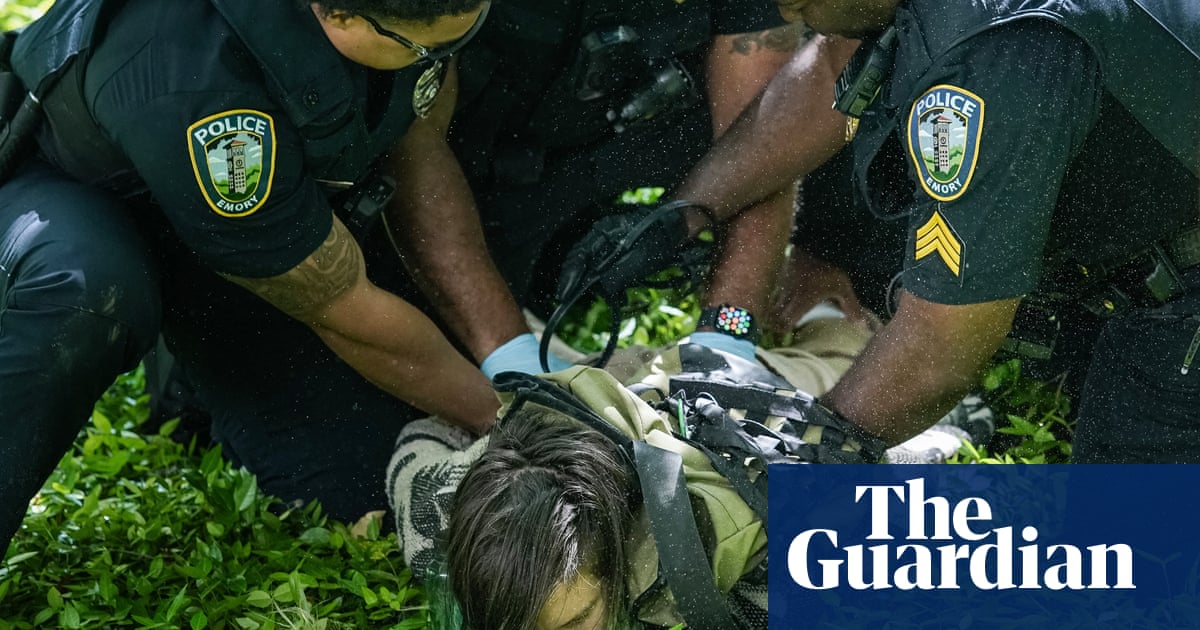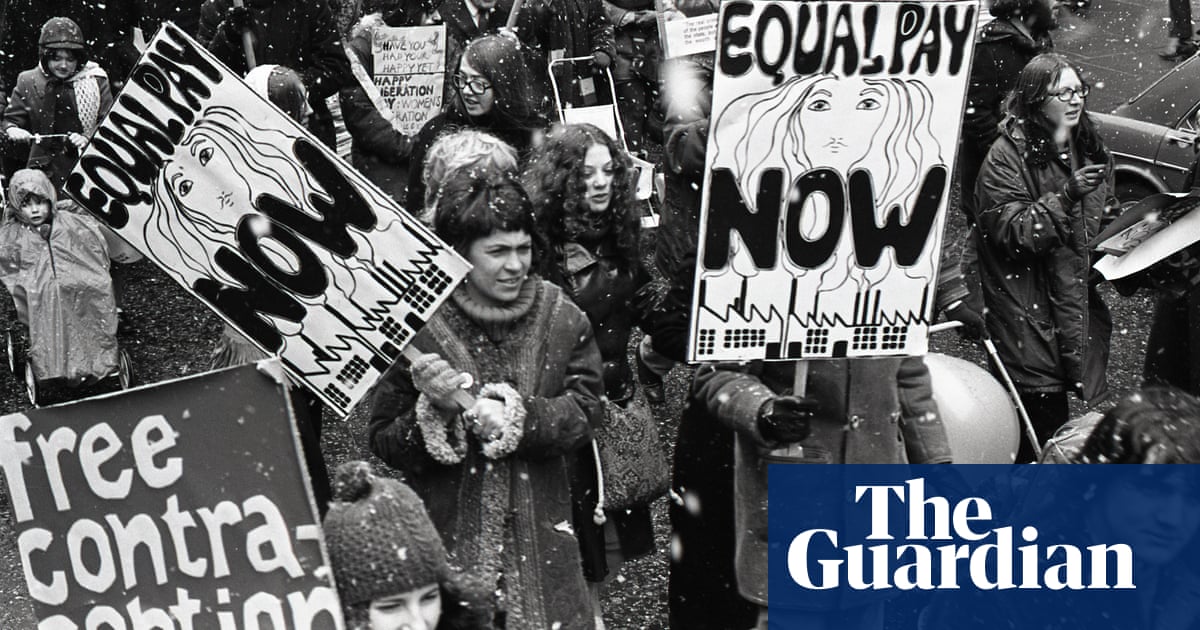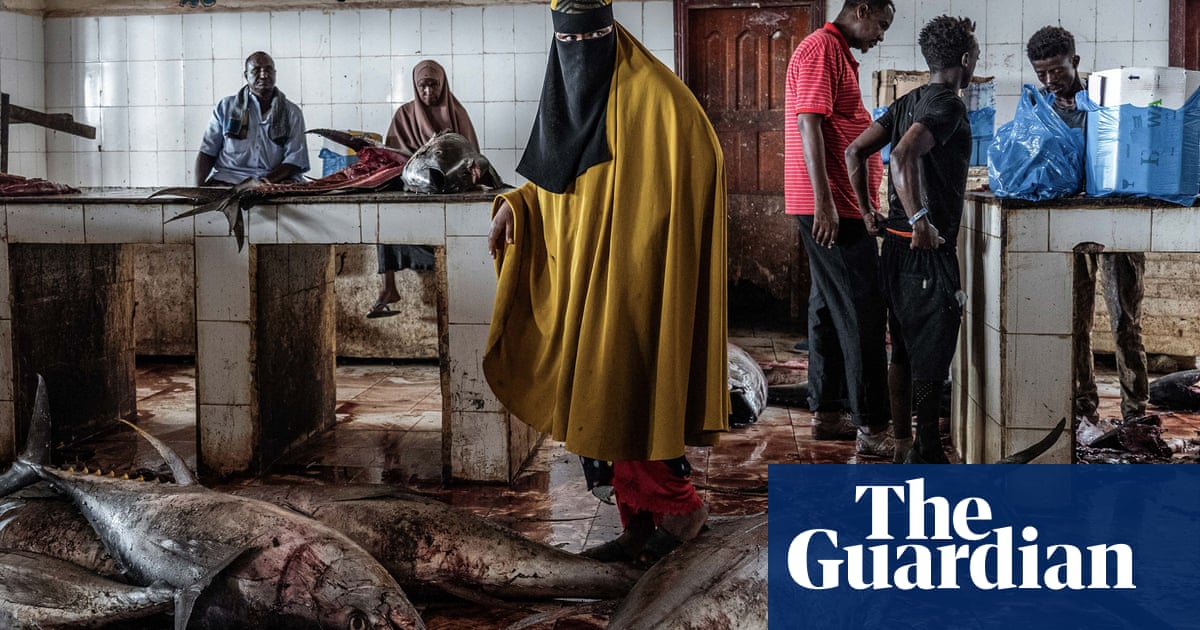
In the United States, there have been hundreds of treaties made with Native peoples and not one – not a single one – has ever been upheld. Reservations were created, and it was said: “This land will be yours for time immemorial”, but then it always shrinks and shrinks.
In 2016, there was a massive protest against the Dakota Access pipeline. The original plan was for this pipeline to run from the oil fields up in the north-west corner of North Dakota through Bismarck, the wealthy state capital, and then down to wherever it was going. But someone in Bismarck said, “That won’t do. That’s dangerous,” because they knew it’s not a question of if, but when a pipeline will leak.
So the course of the pipeline was changed to go through Standing Rock reservation and across the Missouri river. Standing Rock belongs to the Hunkpapa Lakota tribe, or Sioux. This is the land of Sitting Bull’s people, and the Missouri river gives clean drinking water to more than 80 million people in the US.
One woman, LaDonna Brave Bull Allard, put out a call on social media, saying: “Please come and stand with us to protect the water.” I don’t think she had any idea how big it would become. At one point, there were over 30,000 people. They came from Africa, the Maori came from New Zealand, the indigenous Japanese came from Hokkaido, and there were Sami people and Tibetan monks. People came from all over the world to say: “Enough is enough.” They came to protect nature and water and indigenous people’s rights, and to protest that another treaty was not being upheld. It was about not poisoning our water.
The protest was also about trying to physically keep work from being done on the pipeline. When the protests began I was working on We Are Still Here, a series of photographs of Native Americans. I heard about Standing Rock and knew I had to go and record it. I knew it was a historic moment. My mother is part African American, descended from slaves, and my father is Shinnecock Montaukett, a small whaling tribe from the tip of Long Island. I didn’t participate in the actual protests but I was documenting what was happening. I thought it was important, as an indigenous person, to have the opportunity to tell the story through an indigenous lens.
I had to leave in late October, when this photo was taken, but the protests went on right through the winter. This particular image was the last I made there. The six weeks I was there I had been seeing Dan everywhere. I kept saying, “I really want to make a portrait of you,” but there was never an opportunity. The day I was leaving, I saw him on the road and said: “I have to leave. But let me make this photo.” That’s what I got.
Dan Nanamkin is from the Colville Confederated Tribes of Washington State. Every day, he’d show up in full regalia. He is one of the most prayerful, peaceful people. He sang all the time, and anywhere people needed help, he was there. I didn’t ask him to do anything for this photo. I literally had just seconds to make two frames of him, and this was one of them. His body language seems to be saying: “Why? Why?”
This road we were standing on was the actual path Sacagawea led Lewis and Clarke along, on the expedition heading west back in the early 1800s on their mission to explore and map the newly acquired territory of Louisiana.
The people of Standing Rock created a blockade on this road, on the other side of which was a massive force with batons, tear gas, rubber bullets and sonic cannons. This was all being used against peaceful people, in defence of oil. The black smoke is from someone burning tyres as part of the roadblock.
This first protest was during Obama’s administration, and finally Obama said: “OK, no pipeline.” When Trump was elected, the first thing he did was sign an order for the pipeline to be completed. He ordered a much larger force of National Guard and law enforcement to dismantle the protest, and the pipeline went ahead.
A lot of the protesters went to prison; many have endured incredible hardships. The tribe has all the while been fighting this pipeline in court, and now they’re just waiting and hoping for Biden to shut it down. The most recent update is that they found the pipeline was made unlawfully, because the company didn’t do the full environmental evaluations, so now what? That’s where they are.
My job as a photographer is to show people something they’ve maybe never seen before, or show something in a new way, to create greater empathy and compassion and to expand people’s knowledge of our world. Overall, I feel that humans don’t deserve this planet. We don’t act like we deserve it. I know that there will be a future – I just don’t know if it will be a nice one.
There’s a Oaxacan saying: “You crushed us into the ground, but you didn’t know we were seeds.” After Standing Rock, there’s no such thing as a pipeline that doesn’t have a protest. It was an amazing experience to document.
Camille Seaman’s books include The Big Cloud and Melting Away, published by Princeton Architectural Press.
Camille Seaman’s CV
Born: Long Island, New York, 1969.
Trained: Studied photography with Jan Groover and John Cohen at Purchase College, State University of New York.
Influences: Edward Burtynsky, Teru Kuwayama.
High point: “An exhibition at a museum at the University of Delaware where my stuff filled the entire room of the museum and, in a small antechamber off to the side were small pictures by Herbert Ponting, Frank Hurley and all the white men who’d photographed the polar regions. It felt like I’d made a mark that was part of that record now, and it was female.”
Low point: “Almost dying of dengue fever in Fiji.”
Top tip: “Spend the time to figure out the way you see, and don’t try to copy other photographers’ work.”












